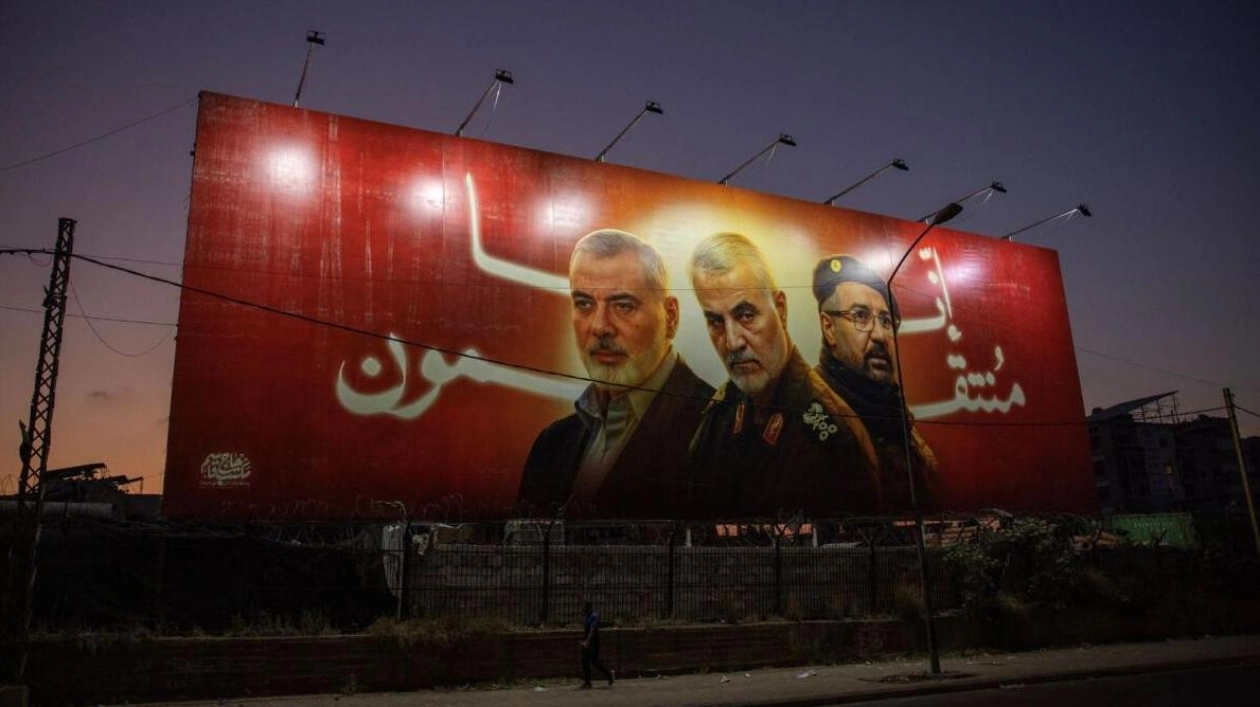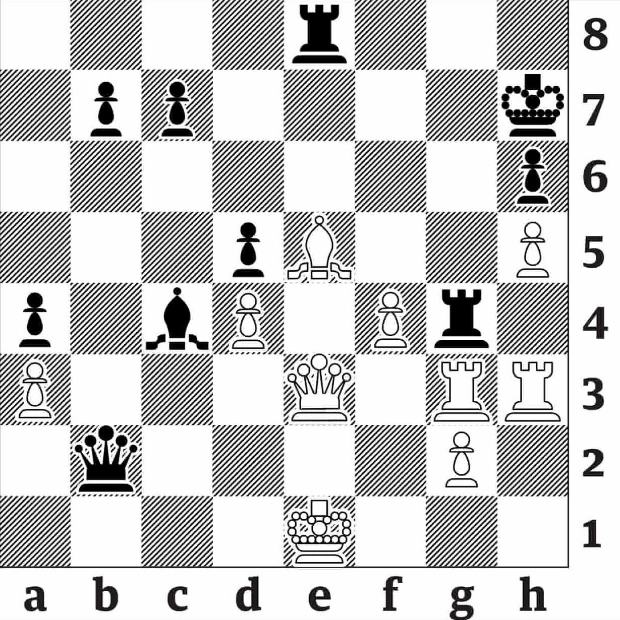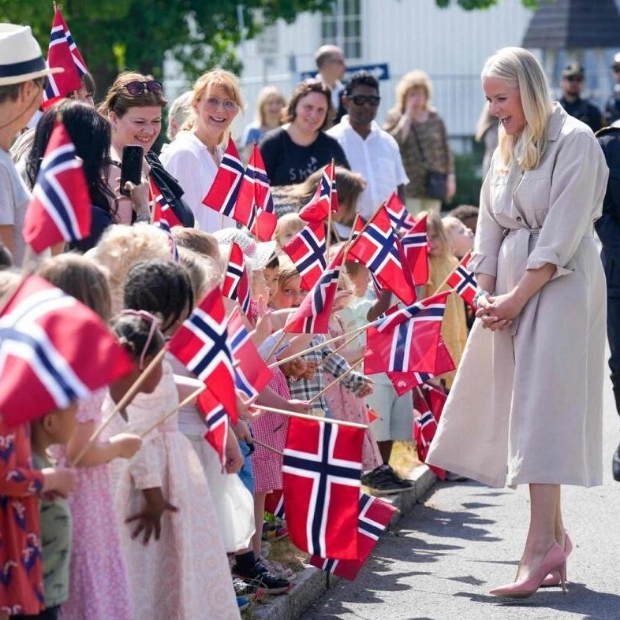For ten months, Hezbollah and Israeli forces have engaged in cross-border violence, resulting in the deaths of senior commanders and hundreds of fighters from Hezbollah, causing widespread destruction and displacement on both sides. Since October, Hezbollah has lost more fighters than during the conflict with Israel in the summer of 2006. AFP examines the increasing casualties for the movement, which has been exchanging near-daily fire with the Israeli army in support of Hamas since Hamas's October 7 attack on Israel ignited the Gaza war.
In recent months, Israeli strikes have claimed the lives of key Hezbollah commanders, including the top operations chief in south Lebanon, Fuad Shukr, who was killed in a raid on Beirut's southern suburbs on July 30. Hezbollah has pledged to retaliate for his death. In January, Wissam Tawil, a commander in Hezbollah's elite Radwan Force, was killed in an Israeli strike on his vehicle in south Lebanon. Two of Hezbollah's three area commanders in south Lebanon have also been killed — Mohammed Nasser and Taleb Abdallah.
Following the 2006 war, Hezbollah divided its operations in south Lebanon into three areas, each with its own "military formation, commander, personnel, weapons, and capacities," according to Hezbollah's chief Hassan Nasrallah. The areas include two sectors south of the Litani river and a third sector north of the Litani up to the coastal city of Sidon. Commanders of these units, Nasser and Abdallah, were killed in Israeli strikes last month and the month before, respectively.
Israel has claimed to have killed other Hezbollah fighters whom it identifies as "commanders." The violence has resulted in the deaths of approximately 570 people in Lebanon, mostly Hezbollah fighters but also dozens from allied armed groups including Hamas, with at least 118 civilians among the dead. In Israel, including the annexed Golan Heights, 22 soldiers and 26 civilians have been killed.
Hezbollah has announced the deaths of over 370 members killed in Lebanon, describing them as "martyred on the road to Jerusalem." Another 25 have been killed in neighboring Syria, where Israel has targeted army positions and pro-Iran fighters to disrupt Hezbollah's supply lines from Tehran. The majority of the slain Hezbollah fighters were from south Lebanon, with some from the eastern Bekaa Valley.
Around 70 percent of the over 230 fighters killed since late January, when Hezbollah began to include the year of birth on its death statements, were aged 40 or under. At least six were aged 20 or under, with three born the same year as the 2006 war or after it. A source close to Hezbollah estimates that fewer than 300 fighters from the group were killed in the 2006 conflict.
Hezbollah aims to tie up Israeli military resources in the north in support of Hamas. The escalating attacks have heightened fears of a broader conflict, with Lebanon on edge since Shukr's death. The group claims to have conducted 2,500 "military operations" against Israel since October, targeting border positions and military barracks with various weapons.
Hezbollah has also released three videos showing purported surveillance drone footage of military positions in northern Israel and the annexed Golan Heights, as well as sensitive areas around the port city of Haifa, which are seen as potential targets in case of a full-scale war.






